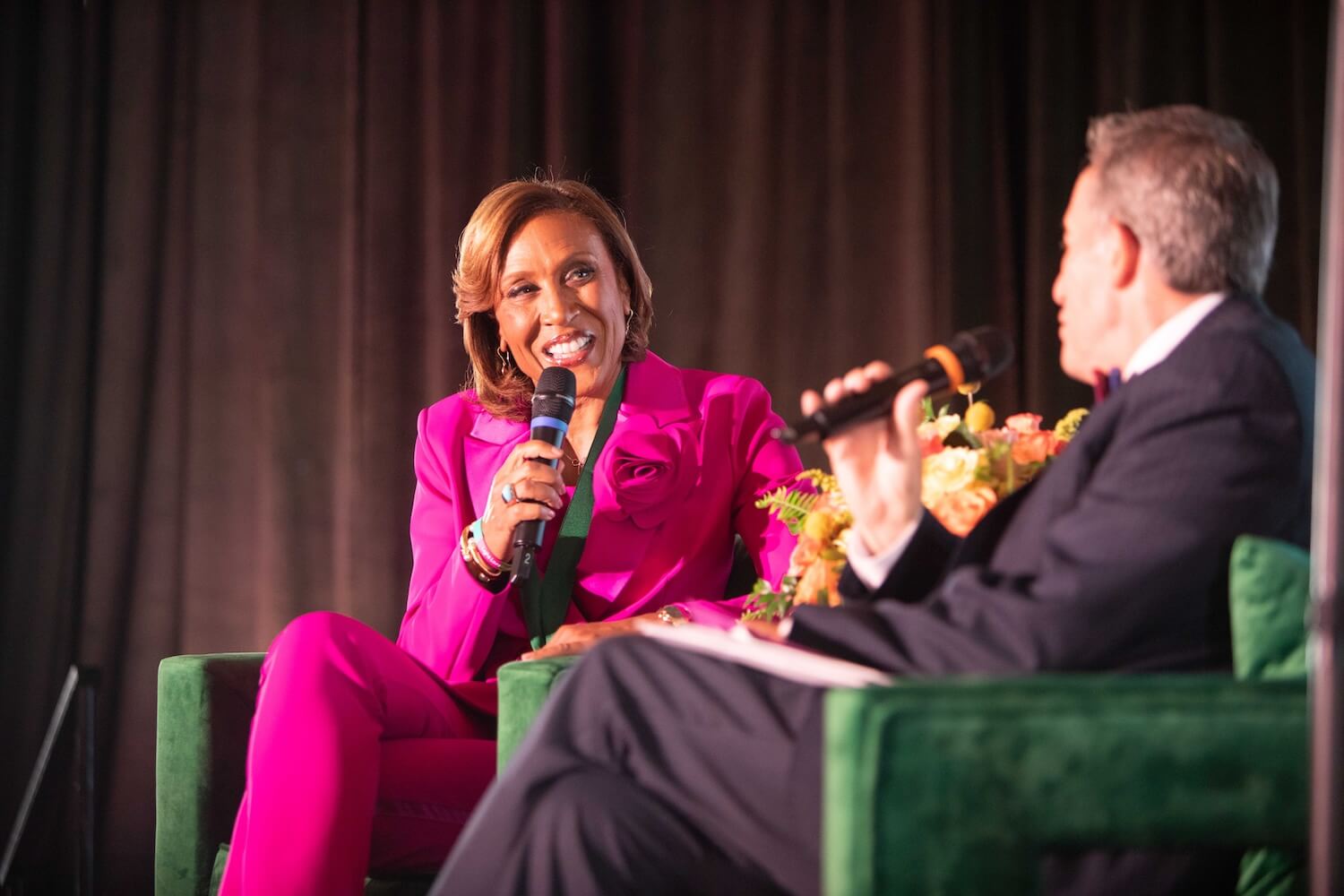Dean Baquet, managing editor of the Los Angeles Times, says touching the journalism makes his day. Indeed, Baquet and executive editor John Carroll are known for putting journalism first every day.
They arrived at the Times about four years ago to stabilize and re-direct the newsroom after the Staples scandal shook the foundation of the paper’s journalistic independence and credibility. This year, the Los Angeles Times won five Pulitzer Prizes.
Their leadership of the journalism is a lesson for editors everywhere. And that’s why Poynter took 16 mid-level editors attending a West Coast seminar to the Times a few weeks ago. We wanted to hear the stories of how editors at any level of newsroom management can elevate the journalism, help make stories better, and work effectively in the whole sense of a story and its presentation.
Baquet led off the session, followed by editors and reporters, who unfolded for our group the behind-the-scenes stories of shaping successful journalism.
The panel of editors and reporters was put together by Simon K.C. Li, assistant managing editor for development and long-time foreign editor. Li also was a visiting faculty member for the seminar. Panel members were Marc Duvoisin, assistant managing editor who oversees Column One and major projects; Joel Sappell, deputy business editor and senior entertainment editor who supervised the investigation into the Schwarzenegger groping story; Evelyn Iritani, who covers Pacific Rim business and was one of the four reporters on “The Wal-Mart Effect” project, and Jill Leovy, who specializes in homicide and urban violence issues.
What the mid-level editors heard was applicable in their newsrooms, from both the reporters’ and editors’ perspectives.
The reporters’ perspective:
- Reporters can become prisoners of an idea and need editors to hear, probe, and challenge their thinking, keep them on track.
- On sensitive stories, help the reporter with fairness checkpoints, such as drawing on varying perspectives in the newsroom.
- When feedback or changes come from other editors, help the reporter by being specific about what’s desired and why.
- In the midst of a story or project, stay in touch regularly. Reporters can become compulsive on a story and need course correction, including fresh thinking from other voices in the newsroom.
- Show faith and confidence that the reporter can come through with the story.
The editors’ perspective:
- Throughout the reporting, help the reporter step back from the story, reflect on it. Ask questions, revisit what made the story interesting to pursue in the first place. A good question to ask: “Have you thought about this?”
- Keep tuned in to reporting fundamentals — veracity and relevance of sources, what’s locked down, what’s not, who or what’s missing.
- Be honest about the reporter’s work. Employ tough love, when needed.
- Avoid the tendency to start editing when a story comes to you. Ask what the reporter thinks, engage in a discussion of the story.
- Agonize and care about the story as much as the reporter does.
- Every element of the story is important. A story is the total of all the crafts involved — the photography, graphics, headlines, presentation.
- Help the reader connect emotionally to the story or package. What is compelling and can be highlighted for the reader?
- If you’re the first editor for the story, value the challenges and questions from the next editor. Appreciate the fresh eye.
- Teach from the failures.
Beyond what the reporters and editors said, there were other influences at work:
- Strong journalistic standards are in place.
- Leaders at the top — Carroll, Baquet, and Publisher John Puerner — demonstrate their commitment to journalism.
- Newsroom processes take the journalism through meaningful and challenging stages.
- There is teamwork among departments.
- Pride is demonstrated in the newsroom’s work. In the lobby and on the walls, significant work is displayed and celebrated.
It’s easy for editors at any level in a newsroom to be consumed by meetings and deadlines. It’s tougher to figure out how to dedicate more time and effort to the journalism.
The Times offered the mid-level editors an example of strong journalistic bearings. One participant wanted to stay and soak up the wall displays. He wanted to read and hear more about journalism at the Times. He was inspired. He saw applications for his newsroom. He was anxious to share those back home. Sometimes, an inspiring example is enough to unleash the journalistic spirit it takes to guide a newsroom.





